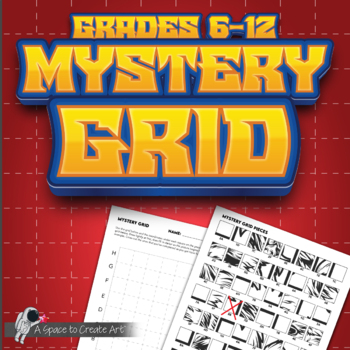Mystery Grid Art Sub Lesson - Great for Middle, High School Art Sub Plan
- Zip
Description
Learning to grid has never been so fun! This Mystery Grid Drawing lesson is perfect for when you need to have a substitute plan for visual art on the fly and can’t make it into work. Great for every substitute, especially those with no art experience. Even they will have fun completing this mystery drawing!
This lesson is created with the secondary student in mind but can be used for upper elementary as well. Traditional PDF's include a student version and teacher key.
Included:
- Grid
- Mystery Pieces
- Student PDF Packet
- Teacher PDF Packet with Key
The sub binder portion of this resource is an editable Word document and includes important information for any substitute while you are gone. It includes Elementary and Secondary schedule pages.
If you like these sub lessons check out these resources as well:
Elements and Principles of Art Worksheets and Mini-Lessons
201 Task Cards for Visual Arts Bundle
©2022 A Space to Create Art, LLC.



